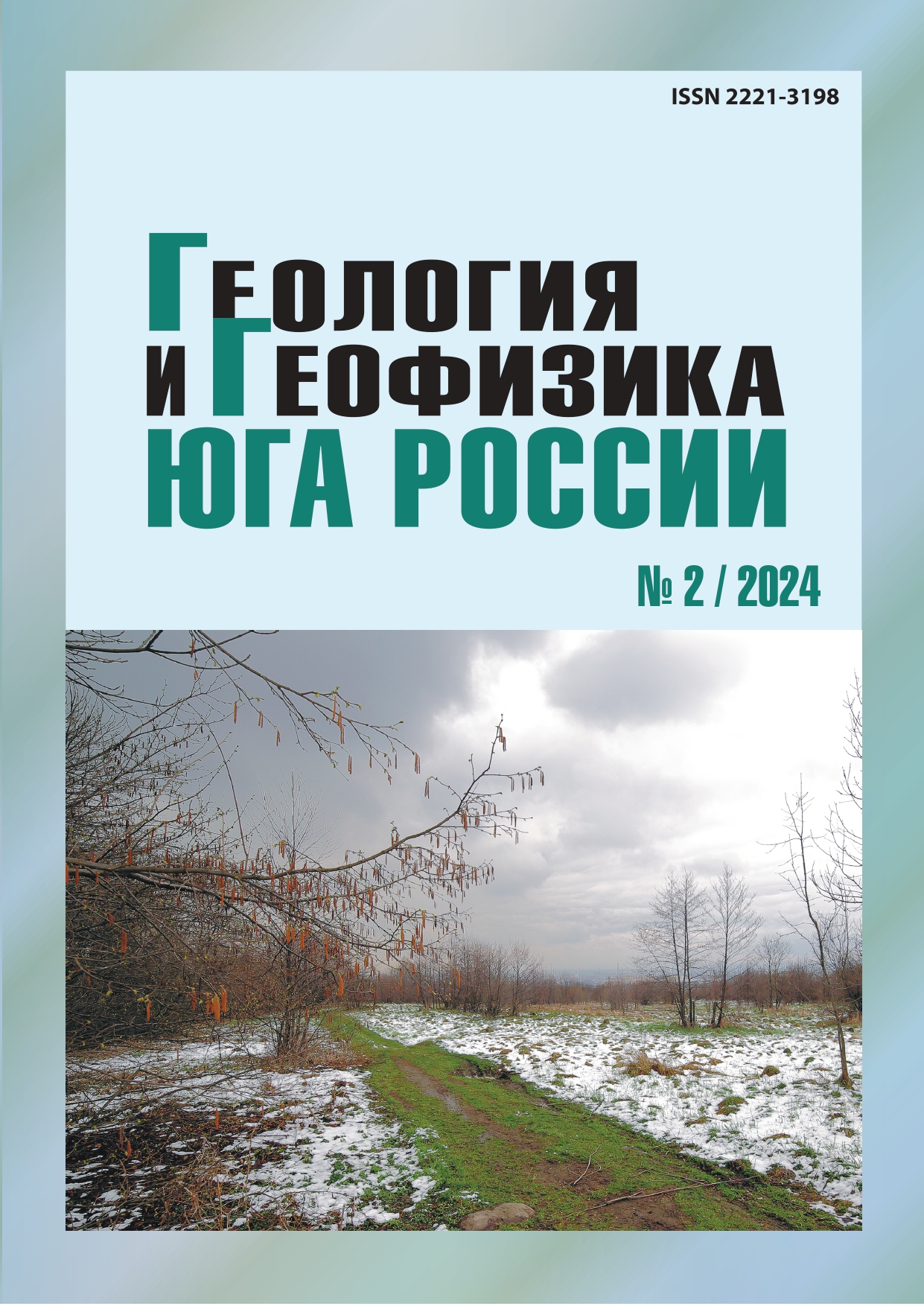About earthquake precursors in an earthquake-prone mountainous area
Abstract
The relevance of the work lies in the need for further development of the use of high-precision mechanical and mathematical methods in the problem of forecasting the increase in seismicity. In particular, there are very few rigorous mathematical approaches to studying seismicity in mountainous areas. The purpose of the research was to solve the problem of identifying the conditions of resonant behavior of harmoniously vibrating lithospheric plates, as well as mountain ranges caused by periodic tidal influences of the Moon, atmospheric and other sources. Methods. Application of the latest mathematical developments in the field of deformable stamp mechanics, published in highly rated journals. The case is being studied when a fault can have any width and lithospheric plates can approach with their ends. The same situation occurs on fairly narrow mountain roads surrounded by rock formations, as well as when approaching valleys where mountain ranges are quite remote. The latest development is applied, based on the block element method, as well as the theory of contact problems with a deformable stamp. In the study, block element methods were used. Results. A method has been developed to account for the diversity of mountain reliefs and rocks due to the possibility of transition, when describing the crack edges of a new type, to materials of variable rheologies and dispersion relations have been established to determine resonant frequencies. Thus, using the applied new methods, the article shows the possibility of obtaining ratios that allow assessing the degree of destruction danger for lithospheric plates.


